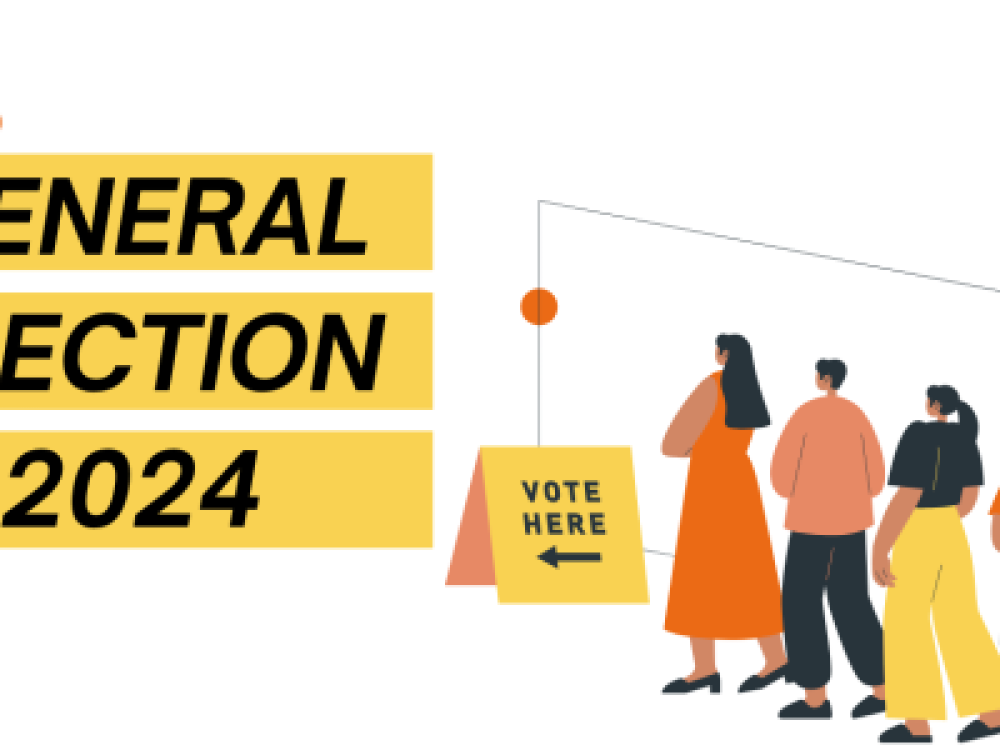A new report by Oxford Reuters Institute examines how legacy news media in the private sector are adapting to digital media. Written by Alessio Cornia, Annika Sehl, and Rasmus Kleis Nielsen, the analysis is based on interviews with executives, senior managers, and editors from a strategic sample of newspapers and commercial broadcasters in six European countries (Finland, France, Germany, Italy, Poland, and the United Kingdom).
The major findings are summarized below:
• Newspapers and broadcasters, sometimes criticised for their conservatism, are investing in a wide variety of new digital initiatives to reach new audiences and generate new revenues. All the organisations covered see audiences moving from offline media to online media – quickly in the case of print to digital, and (thus far) more slowly in the case of television to digital. All aim to make a similar move to retain the audience connection upon which both their editorial impact and their business models depend.
• In all the countries covered, private sector legacy news organisations reach more people with news than public service media, and more people get news online from newspapers and commercial broadcasters than get news via social media.
• Despite their growing online reach, our interviews suggest 80 to 90% of revenues in most newspapers still come from print – even after years of decline in print advertising and circulation and almost 20 years of investment in digital media. Broadcasters generally have an even smaller share of digital revenues, primarily because their legacy operations have not yet been affected by the rise of online media to the same extent, but also because they have often been less focused on building a business around digital news.
• As revenues from legacy operations are generally declining (print) or at best stable (broadcast) and digital revenues still limited, the resources for investments in digital initiatives generally continue to come from cross-subsidies and/or cost-cutting elsewhere in each organisation.
• In terms of the business of digital news, interviewees highlight the following challenges when it comes to advertising: o the dominant role of large technology companies like Google and Facebook that attract a large share of online advertising; o the low average revenues per user, especially on the mobile web; o the growing number of people who use ad-blockers.
• The challenges around advertising mean that more and more newspapers are moving to various forms of pay models, with the exception of a few high-profile titles with very large audiences. Only a minority of online news users have been willing to pay so far, but interviewees are cautiously optimistic that the number will grow.
• Commercial broadcasters are generally seeking to replicate the television model of advertising supported content free at the point of consumption in their approach to digital media. For many, news is a very small part of their overall business.
• Beyond the turn to pay models, private sector legacy news organisations (especially newspapers) are exploring other alternative sources of revenue to supplement display advertising and subscription, including: o the launch of new verticals (content offerings beyond the organisations’ main brands), repackaged content products, and sections aimed at cultivating specific audiences more effectively; o investment in native advertising and branded content activities that are more effectively differentiated from generic display advertising; o diversification with a move into e-commerce, business-to-business services, and offline activities including events and merchandising.
• Social media enable news organisations to reach a wider public, in particular younger people and other audiences who do not normally come direct to their sites or apps, but also imply a number of challenges related to editorial control, brand recognition, audience data, audience loyalty, and monetisation.
• Many news organisations covered here are experimenting with distributed content formats (e.g. Facebook Instant Articles and Snapchat Discover), and see potential for synergy between publishers and platforms. Most selectively engage but want to evaluate the first results in term of reach and revenue before they decide how much to engage and with what. Other news organisations, in particular in France and Germany, have been more reluctant so far to distribute their content through third-party platforms and aim to be more self-reliant.
• News organisations are addressing the growth of smartphone use by adapting their content to mobile devices, creating dedicated teams, adopting mobile-first approaches and focusing on the development of their news apps. However, the mobile advertising market is still much less developed than the desktop advertising market, and this represents a central challenge for the business of mobile news. • Online video advertising is growing fast and several news organisations are therefore investing in online video production and curation, strengthening their online video teams, experimenting with new formats and technologies (e.g. virtual reality, 360-degree, and social video), and seeking new ways to monetise online video news. • All our interviewees expect to see audiences and advertising continue to move from offline to online media, and expect to see the digital media environment itself continue to change, driven by evolving forms of use, new technologies, and initiatives from large technology companies. Individual organisations are adapting to this with varying degrees of success, but no clear generally applicable model(s) for sustainable digital news production have been developed so far. Every organisation examined is experimenting and forging its own path, seeking a balance between exploiting legacy operations, building digital operations, and exploring the opportunities ahead. Experimentation and exploration are an uncertain business, but encouraging in themselves – it is because of their decision to invest in the future that newspapers and commercial broadcasters continue to be central to an increasingly digital media environment.
Download the full report (pdf)
Subscribe to FuJo's Newsletter




